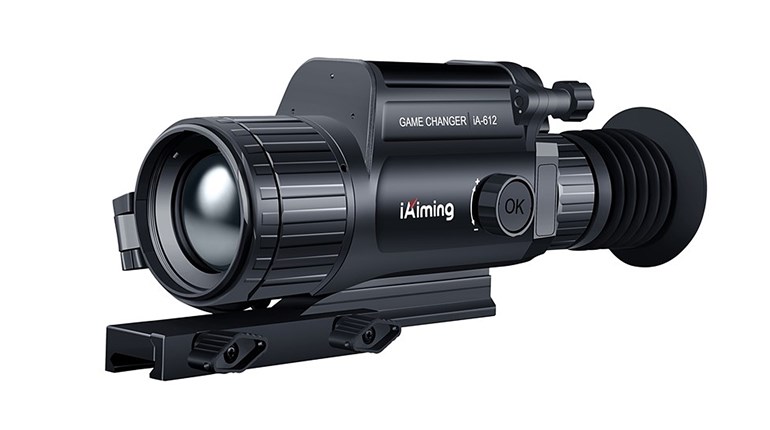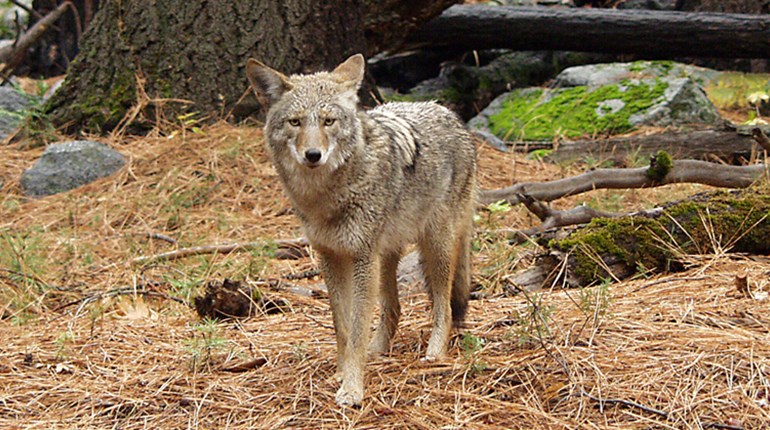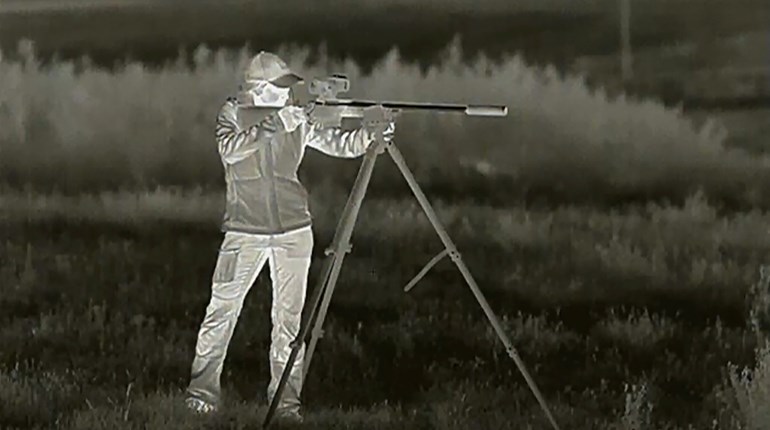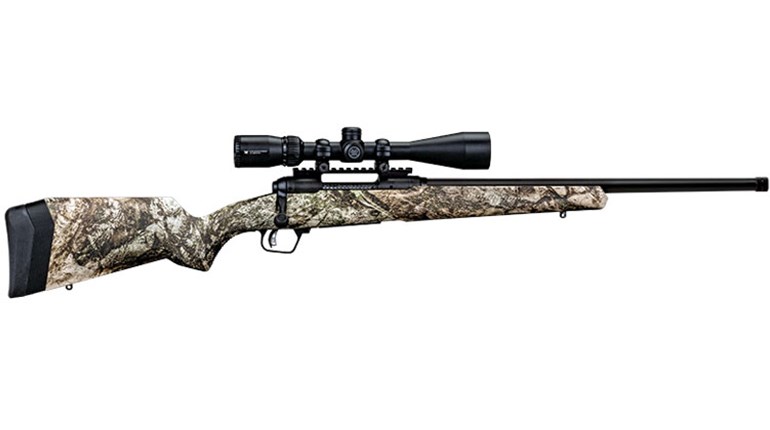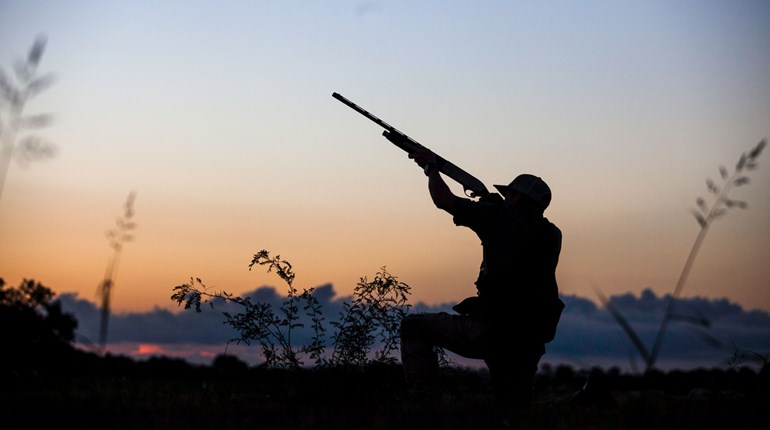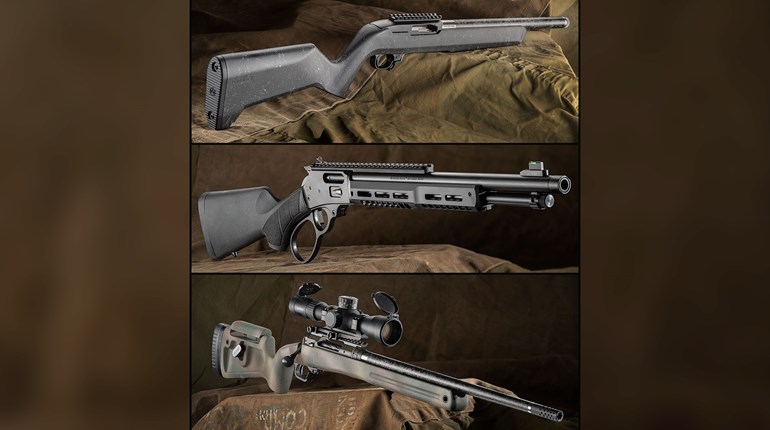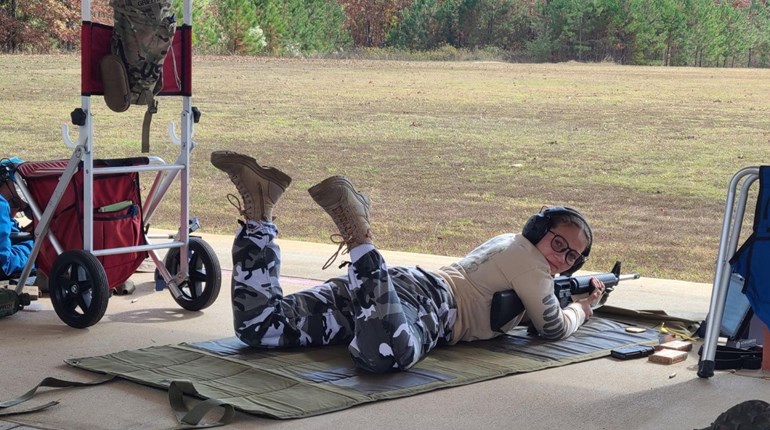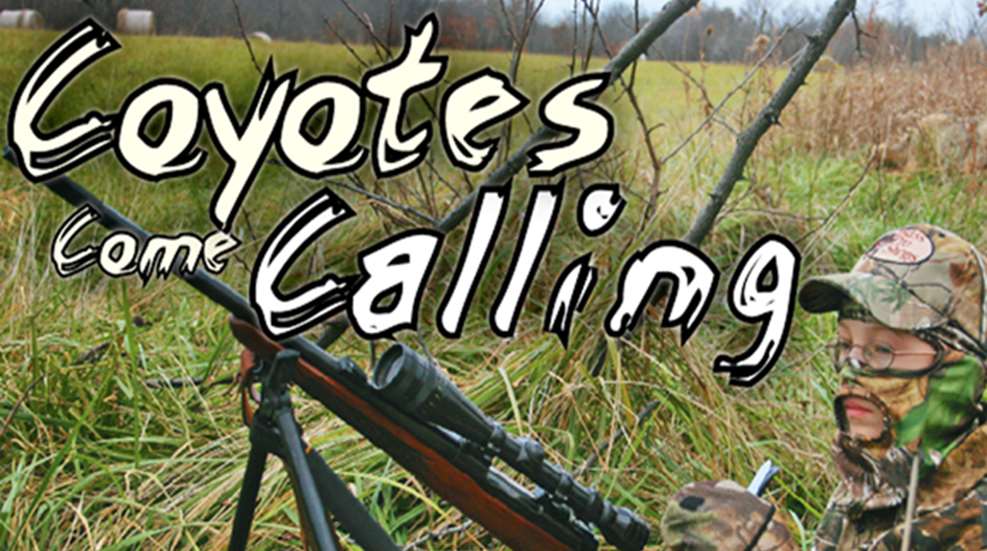
While all hunting is exciting, nothing spikes the excitement meter as high as coyote hunting. In most hunting situations for this species you are sitting on the ground, calling to imitate a meal such as a dying rabbit...and soon you have a coyote turning the tables and hunting you. It's those many sharp, exposed fang-like teeth that are coming at you in a full-bore charge, and the overwhelming adrenaline rush that follows, that soon converts ordinary hunters into committed coyote chasers.
"While all hunting is fun, coyote hunting is at the top for thrills," says Chase Watley of Centerville, Iowa. "The calling part is a lot of fun, and hopefully it will lead to shooting a coyote, which is even more fun." Chase hunts on his family farm, and coyote numbers there have been rising in recent years.
The good news is that coyotes are everywhere and can be hunted by most everyone. In some states you do not need a hunting license to hunt coyotes. In fact, coyotes are a problem species in many areas. This hunting action, however, takes some thinking, stealthy moving and quick action if you are to find success. Coyotes are not your average hunted species. They are well known for being quick, cunning and hard to kill.
1. Scout 'Em Out
The first step in a successful coyote hunting strategy is scouting. If you find coyote tracks and scats-examples are easily researched in your school library or a public library-then you have discovered the first important outdoors clue. Next, look for coyote hangouts, and be out when coyotes might be out of their dens and on the prowl. Coyotes have established hunting territories. They're "crepuscular," which means they often move at the first rays of daylight and again just before darkness arrives.
Need a place to hunt? Asking farmers about attacks on livestock can also help you discover coyotes and possibly a hunting area. Local deer hunters will also be quick to point on a map where they've seen coyotes or heard them howling in packs. Asking the right questions and carefully listening to the answers can help you use the insight of others to ease your scouting chores.
To increase your chances for success, find several sites to hunt and plan to move between sites after periods of sitting and calling. The best news is that coyotes are known for their appetites and will come to any call that sounds like an easy meal. While mouth-blown calls that mimic an injured rabbit are the most popular and affordable (these cost about $10), the new electronic calls will leave your hands free to cradle a rifle, ready for a quick shot when a coyote comes charging. Electronic calls can emit sounds resembling house cats, woodpeckers, goats, deer and other small animals that coyotes are fond of feasting on. It's like a having a zoo in your pocket. Battery-powered coyote calls-when the speaker is placed in the brush away from your position-cause incoming coyotes to focus their attention on the speaker and away from you. Coyotes are wary, so this tactic can make your hunt more successful.
In recent years hunters have also begun using decoys to attract coyotes. A large turkey feather hanging on a small piece of thread from a tree limb will often move with the slightest breeze, and coyotes will see the feather and possibly approach. For less than $100 you can buy a battery-operated fuzzy bunny that dances and moves in a lively wiggle. Coyotes love these. For less than $40 you can obtain an expandable coyote silhouette made from cloth that looks realistic enough that coyotes will approach to defend their territory or check the intruder. Yes, coyotes do respond to decoys along with calling! Placing a decoy out in front of you as you call can also increase the coyote action and your excitement.
2. Shotgun or Rifle?
OK, if you plan to call and hunt coyotes, you have a dilemma: Do you carry a shotgun or rifle? Shotguns are well-known for spreading shot-use No. 4 or larger-and taking down moving game. When hunting by yourself, a shotgun is often the best route to success because you can swing on and shoot at any coyote that comes running. On the downside, you are limited in range (approximately 40 to 50 yards), and all that shot puts holes in a coyote's hide-so you can't sell it or make a rug.
On the rifle side of this hunting question, look for calibers such as .223, .22-250, even up to .243 Win. You will not need a big-bore deer rifle because large coyotes only weigh about 30 pounds. You do need a bullet that flies flat and fast, because sometimes coyotes appear at long distances (200 yards or greater), and just sit there and observe. You'll have to quickly guess the distance and shoot before that coyote disappears. A rangefinder could help, but coyotes are not known to linger, so you'll have to take action quickly.
For all hunting situations, whether you're using a shotgun or rifle, bring and use shooting sticks. These hunting aids help you balance the firearm steadily, improving accuracy. Much like shooting deer, you aim for the center of the ribs on a coyote.
3. Go Into Stealth Mode
Did I mention that coyotes are crafty? These "songdogs"-a nickname earned by their prolific howling-are always listening, looking and learning. One mistake on your part (like sudden movement and then a missed shot) educates coyotes and makes them much harder to call the next time. These songdogs quickly learn the ways of the hunters who pursue them.
If you've ever heard a pack of coyotes howling in the distance, you know that they are vocal critters. As such, coyotes are also always listening for activity in their neighborhood. Any unnatural sound like human voices, coughing, slamming a truck door or the metallic "clink" of the action on a semi-auto shotgun lets a coyote know humans are near and on the hunt. Be quiet and careful when you are near the place where you plan to hunt. And remember that sound travels a great distance on a clear, frosty fall morning. Be extra cautious and quiet then.
Next, you should know that coyotes have great vision. If you move, they'll spot you. If you forget to wear a facemask and gloves to cover your skin, you'll be noticed. Be certain that you and your rifle blend in with your surroundings and that nothing shines or looks unnatural. Some hunters like hunting behind a small ground blind so their movements are mostly concealed. Before you enter the area where you plan to hunt, pull down your facemask and pull up your gloves.
When calling and hunting coyotes, don't be surprised if you see a bobcat or fox come into your hunting area. Bobcats are thrilling to observe and, unlike coyotes, they often have very limited hunting seasons in most states. The good news is that nearly all states do have open seasons on bobcats and foxes. Study your area's hunting regulations carefully.
Coyotes are fun to hunt and often come running to your location in pairs. That's a good reason to invite a friend to go hunting with you. Another top reason could be the price of fur. A quality coyote pelt was selling for approximately $82 during late 2014. Just one more good reason to start hunting songdogs!













